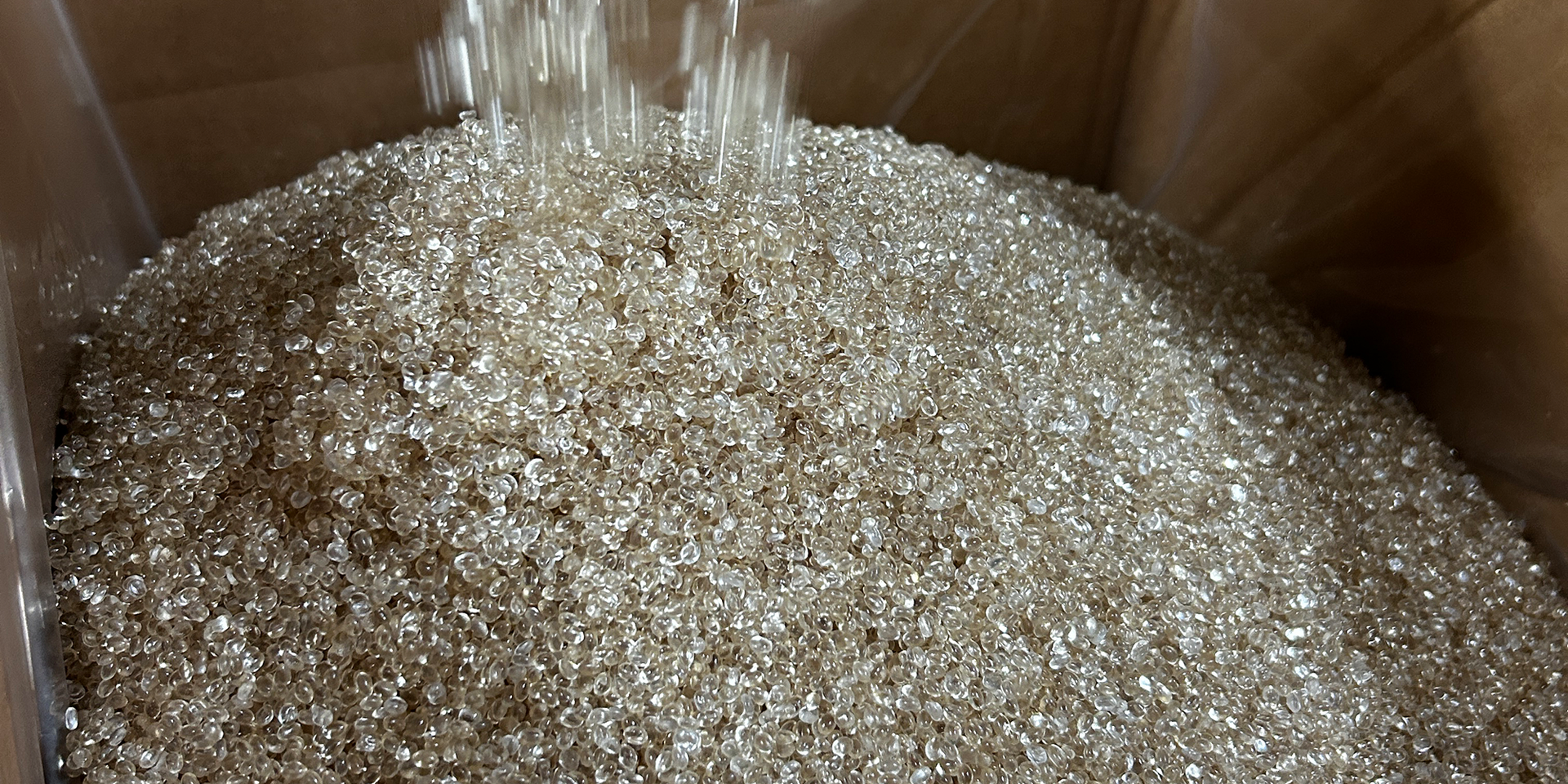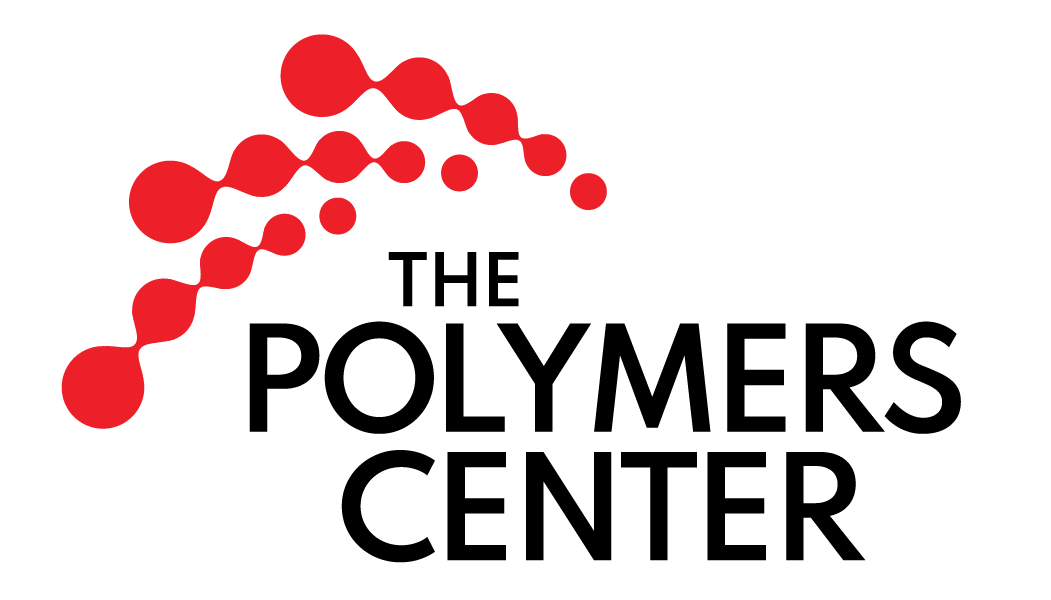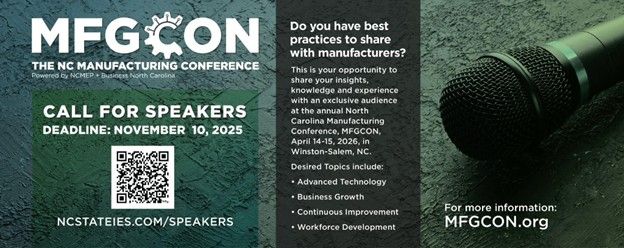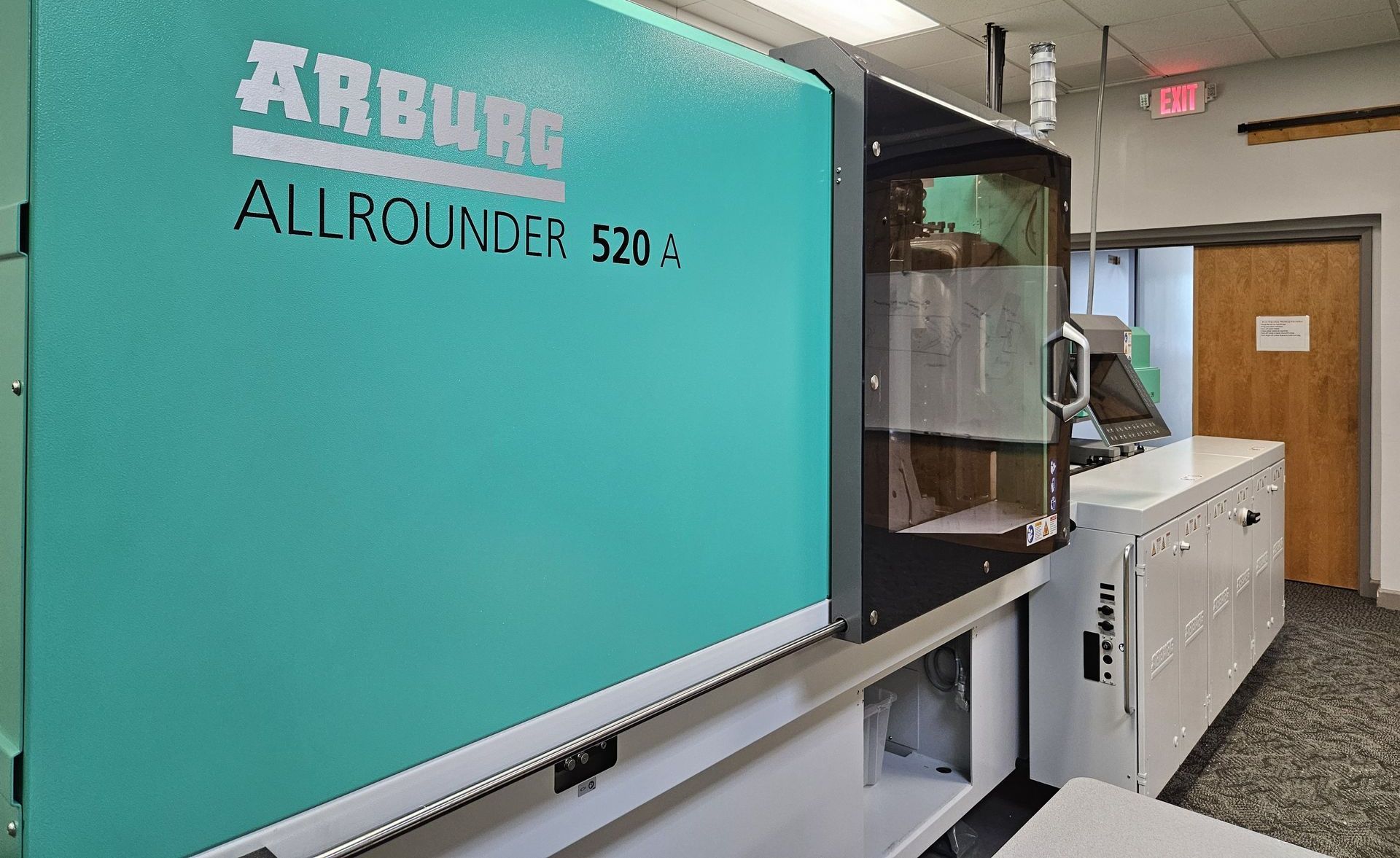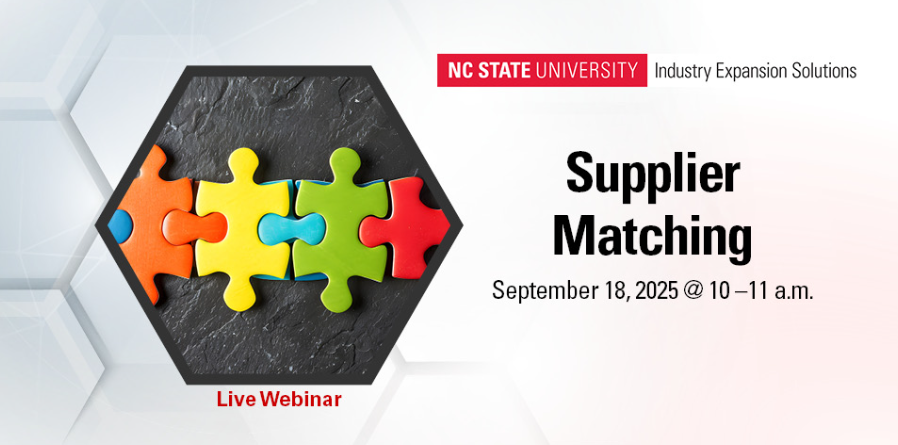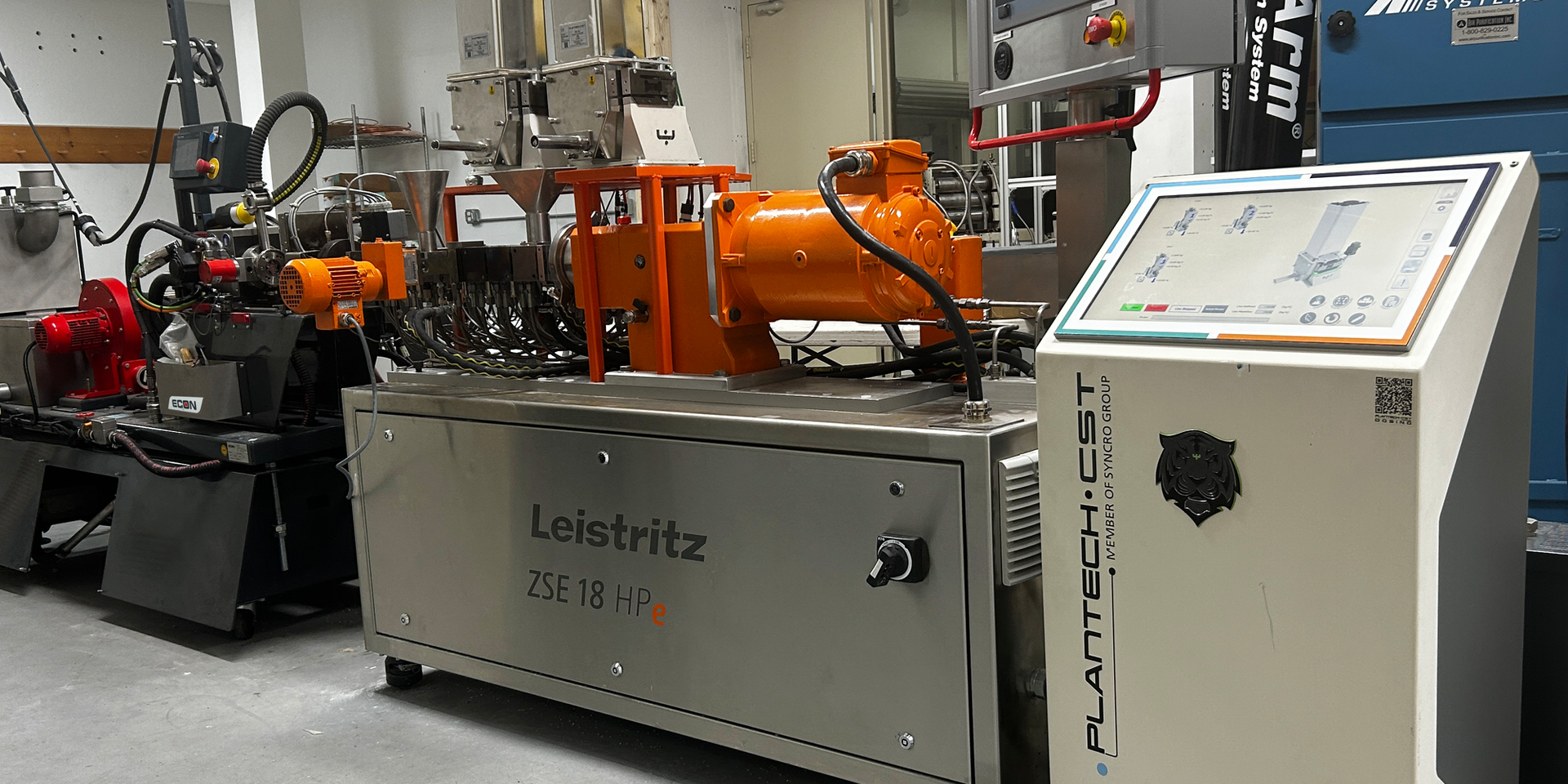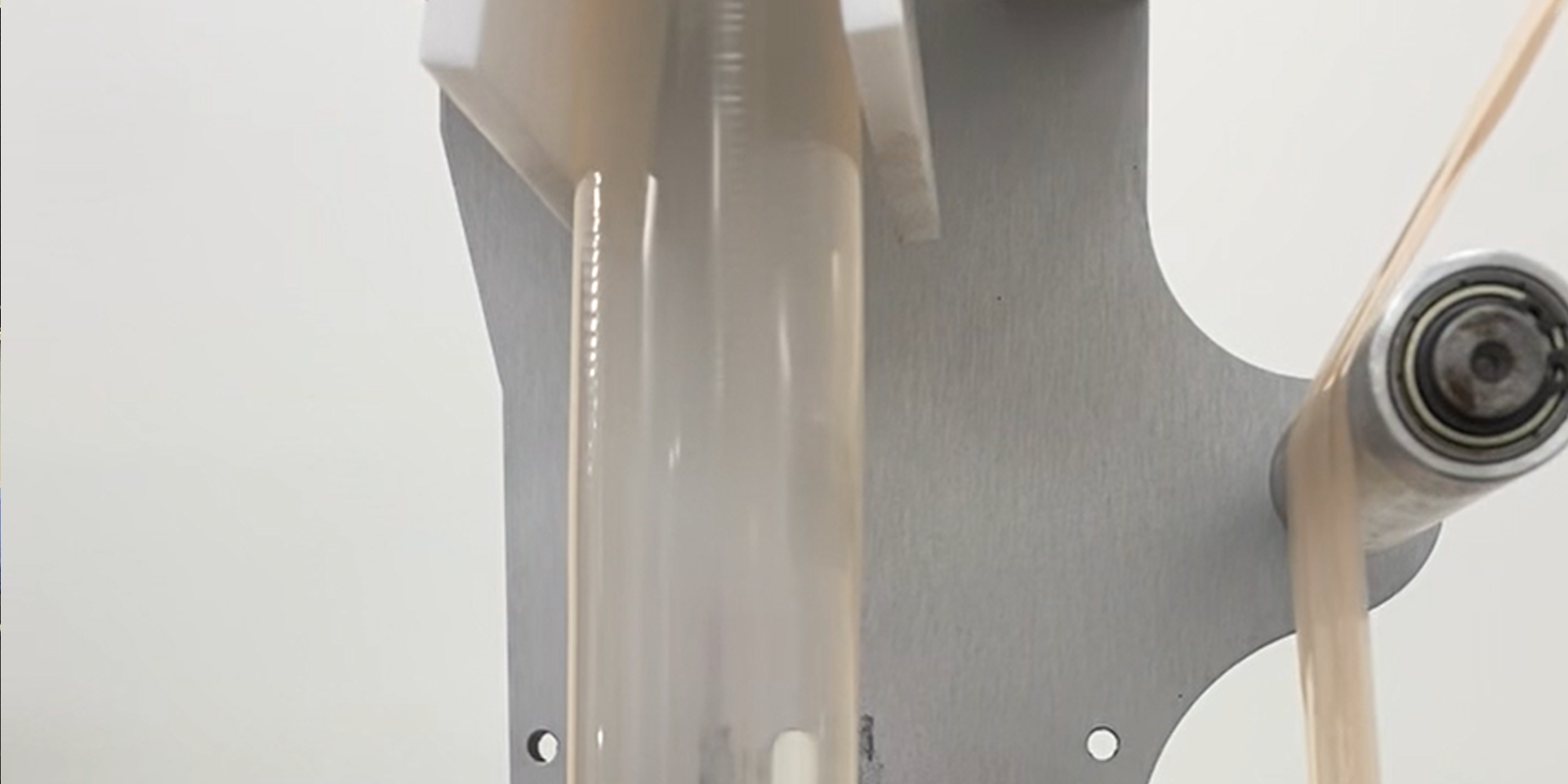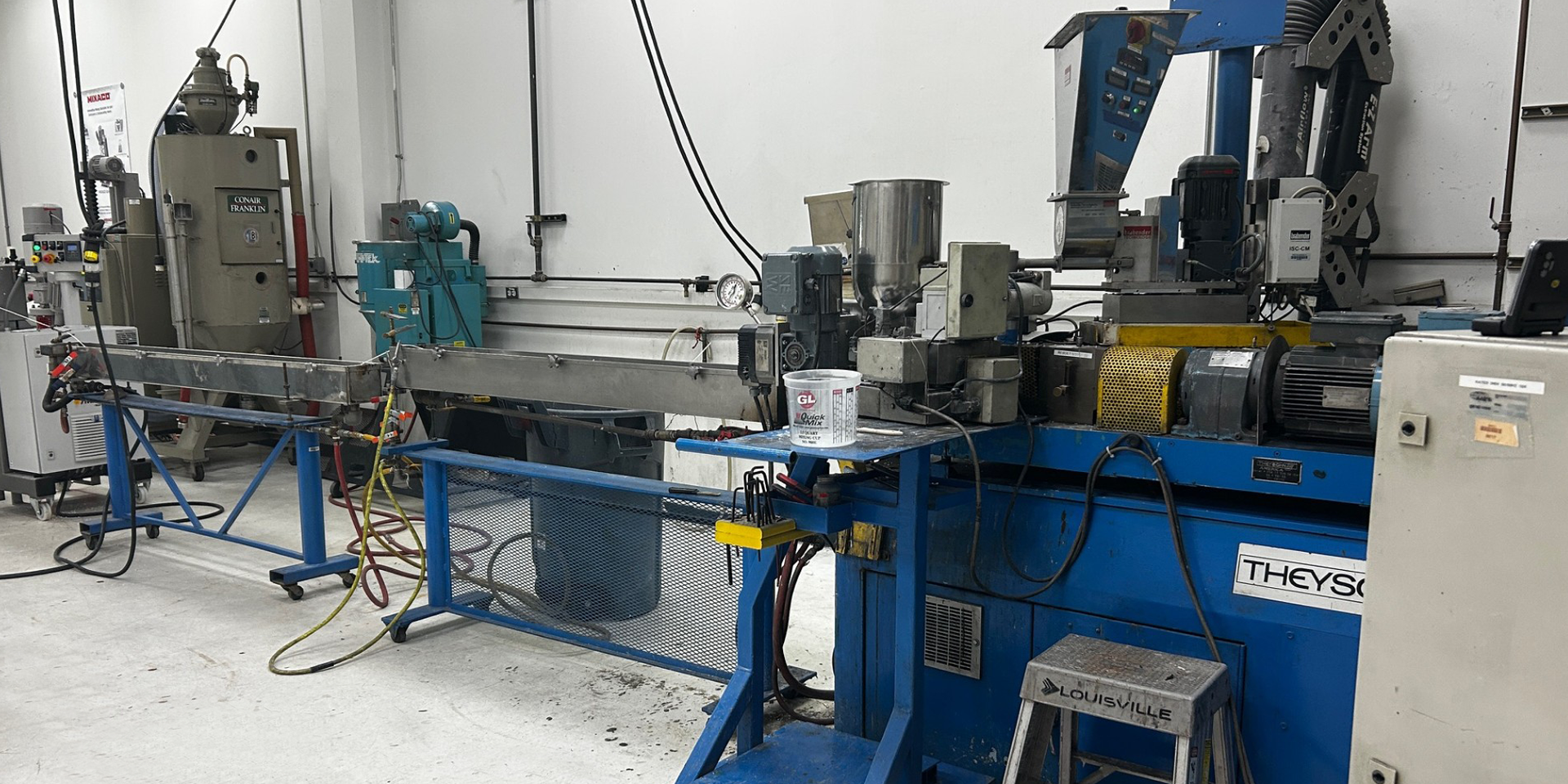PCE Plastics Symposium 2025

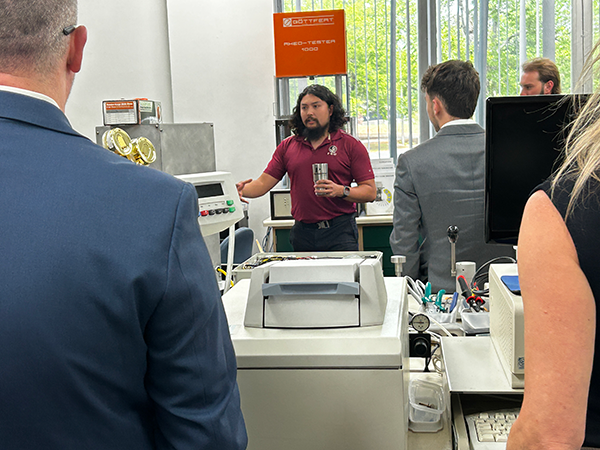
Contact The Polymers Center to learn what we are doing to achieve the goal of zero plastics in the waste stream. Or to learn more about our next Plastics Recycling Symposium.
Finding a Way Forward
Throughout the symposium held at The Polymers Center on April 29-30, speakers examined the complexities of plastics recycling and outlined steps to transition from a linear to a circular economy—where all plastics are continually reused rather than discarded in the landfill. This means a future with static virgin plastic production, and where discarded plastic is recovered into new products that are just as good as the originals.
Hurdles to Overcome
This dream is full of obstacles. One major challenge is the sheer variety of plastics used in making a single product. Take a simple water bottle, for example: the bottle, cap, and label are often composed of three different plastics, requiring additional processing steps in recycling facilities. Add in the issue of colors — we all know corporate branding relies on distinct packaging--and recycling becomes even more complicated.
Public participation is a critical key factor. Better recycling habits—proper collection, cleaning, and sorting—would certainly increase the amount of plastic successfully recycled. This requires a small sacrifice of convenience, which, up to now, we have been reluctant to undertake. One obvious conclusion is that we must care enough about protecting ourselves and our environment to embrace the additional costs and effort required to make this change.
Corporate responsibility also plays a significant role. Branding influences consumer choices, and companies prioritize packaging aesthetics to catch our attention. Jeff Smithberger, Mecklenburg County’s Director of Waste, proposed a thought-provoking idea: If all plastics were manufactured in a neutral color and branding was limited to labels, the recycling process would become significantly easier. The question remains—would businesses agree to such a shift, or would they perceive it as a competitive disadvantage?
And then we return to the public. Would consumers reward companies that commit to recycling processes? If the public was given clear information on which brands prioritized sustainability, would we make purchasing decisions accordingly? Could consumer preference encourage businesses to take responsibility for their products from creation to end-of-life disposal?
A Future We Can Build
The vision of zero plastics in the waste stream may seem unattainable and the obstacles insurmountable. But if there is one defining trait of Americans, it is our ability to find the uniquely American way to make things happen. Yes, as Americans, we value our independence, our brands, and our way of doing things. But more importantly, we are innovative, adaptable, and resilient. Our approach may differ from other nations, but history shows that when we set our minds to something, we find a way.

